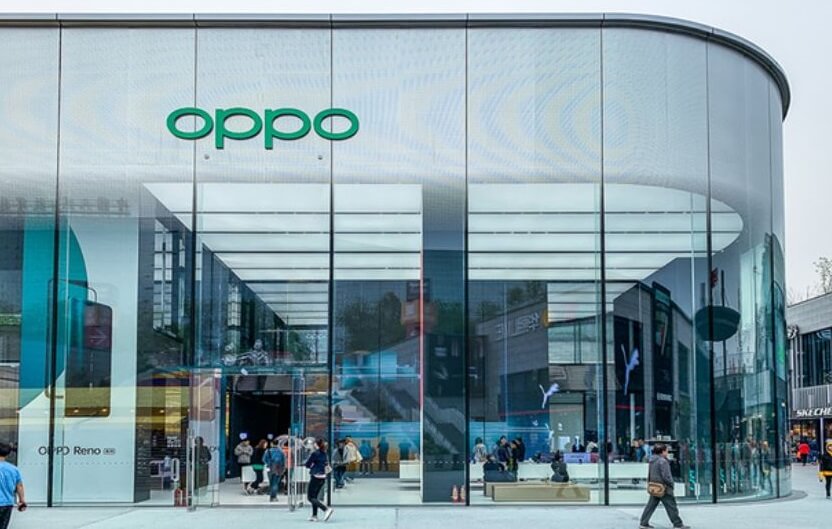nEye Systems, an AI chip startup that spun out of research at UC Berkeley, has secured $58 million in a Series B funding round led by CapitalG, Alphabet's independent growth fund. This investment aims to propel the development and deployment of nEye's innovative AI networking chips, which promise to significantly improve the energy efficiency and flexibility of AI data centers. The funding round also saw participation from other major players in the tech industry, including M12 (Microsoft's venture fund), Micron Ventures, Nvidia, and Socratic Partners. This brings the company's total funding to $72.5 million, including a previous, undisclosed Series A round led by TEDA Holdings.
Founded in 2020 by Tae Joon Seok, Ming Wu, and Xiaosheng Zhang, nEye Systems is focused on tackling the growing challenges of power consumption and network limitations in AI infrastructure. The company is developing a novel chip that utilizes light, rather than electricity, to transmit data between AI processors. This technology, known as an optical circuit switch (OCS), allows data center operators to reconfigure the connections between their machines dynamically based on the workloads they are running.
nEye Systems describes itself as a next-generation optical switch company, creating programmable photonic chips that integrate high-radix optical circuit switching on a silicon platform. The company's SuperSwitch, based on MEMS-based silicon photonics, enables direct optical connections among thousands of GPUs and memory units. It is designed as a compact, chip-scale solution with ultra-low power consumption, offering hyperscale data centers enhanced performance, efficiency, and scalability.
The company's technology aims to address two major challenges in scaling AI infrastructure: rising power costs and network expansion limitations. Traditional data centers rely on electrical switches, which have significant bandwidth limitations and consume large amounts of energy. nEye's optical switches offer a more efficient and cost-effective alternative, with direct optical connections supporting data transfers with virtually unlimited bandwidth. nEye claims its chips are about 100 times smaller, 1,000 times more energy efficient, 10,000 times faster, and 10 times less expensive than existing data center interconnects.
nEye's intelligent OCS adapts the mesh of chip-to-chip connections within data centers on the fly. This technology can increase data center performance by establishing the most optimal connection between different chips based on the software that is being run.
Google, Alphabet's core company, has also experimented with optical circuit switches. Several years ago, Google built an AI supercomputer using this technology. However, Google has never commercialized this technology. nEye aims to capitalize on this market gap, offering commercially available solutions.
James Luo, General Partner at CapitalG and nEye board member, stated that nEye's technology has the potential to significantly improve the efficiency and scalability of AI infrastructure. He emphasized that nEye is addressing critical bottlenecks in both AI and traditional high-performance computing.
nEye's technology can be deployed in network flattening, network resilience, and inside racks to extend GPU cluster sizes and increase GPU utilization efficiency. While primarily targeting the AI industry, nEye also believes its chips can benefit traditional data center workloads that suffer from high energy costs.
nEye has already built prototypes and plans to send samples of production chips to customers next year.
According to industry experts, the growing energy demands of AI are driving a renaissance in optical computing. Current AI infrastructure could consume up to 500 terawatt-hours by 2027, which is double today's usage, with data centers potentially consuming more electricity than entire nations. Optical technologies, which transmit data via light rather than electricity, can deliver 100 to 1,000-fold reductions in energy consumption per task.




















